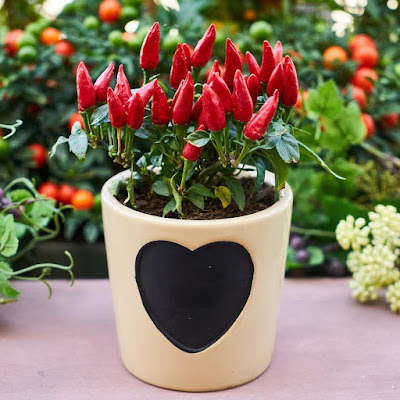What summer cover crops can do Remove nitrogen (N) from the air and transforms it into the soil Provide organic matter which improves soil’s ability to hold water and nutrients Control weeds by smothering them out Suppress root knot nematodes (Meloidogyne spp.) Provide an edible crop during unfavorable summer vegetable growing season Suppress sting nematodes (Belonolaimus longicaudatus) which affect strawberries Suggested crops Cowpea (Vigna unguiculata) Colossus, California Blackeye #5, Iron Clay, Magnolia Blackeye, Mississippi Purple, Mississippi Silver, Tennessee Brown, Zippercream Sunn Hemp (Crotolaria juncea) Marigold (Tagetes spp.) French, Mexican, and African Marigolds (not SIGNET varieties) Pigeon Pea (Cajanus cajan L.) a tree that is turned under instead of allowing to grow tree-sized References: https://edis.ifas.ufl.edu/in516, http://www.nrcs.usda.gov/Internet/FSE_DOCUMENTS/nrcs142p2_053283.pdf, http://edis.ifas.ufl.edu/tr003, http...















